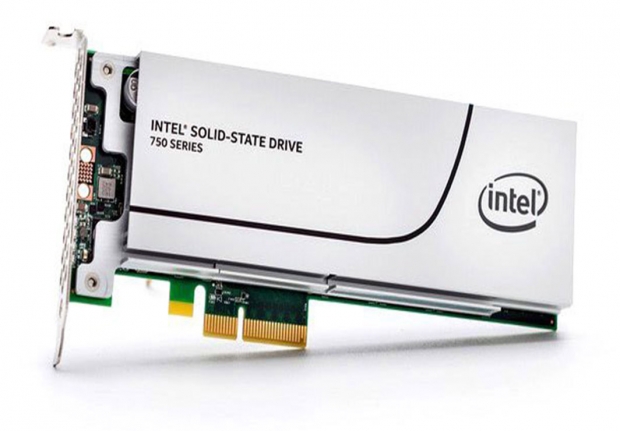The SSDs have a random read speed of 365,000 input-output per second, which is five times faster than Intel’s SSD DC S3510. The random write speed is 22,000 IOPS, which is 1.4 times faster. The sequential read speed is up to 1600 megabytes per second, 3.2 times faster, and the write speed is 1,400 megabytes per second, which is 3.1 times faster.
The new line-up of SSDs with 3D chips includes the SSD DC P3320, SSD DC 3520, SSD DC D3700 and D3600. The SSDs are targeted at data centres, workstations and storage arrays. The Intel SSDs were built more for speed, durability and reliability, which is a priority for enterprises, Intel said.
Intel is behind its rival Samsung, which released its PM1633a SSD, which has 15.36TB of storage. The Samsung drive also uses 3D NAND chips. Intel’s chips can only store 2TB of data.
Intel uses Micron’s 3D NAND flash. The 3D NAND flash has more density because storage cells are layered on top of each other, an improvement from current SSDs in which flash chips are placed next to each other. The storage chips are closer, making SSDs faster.
The SSDs also plug into PCI-Express 3.0 slots, which are faster than conventional SATA slots. Intel estimates its SSD DC P3320 is significantly faster than conventional SATA SSDs.
Intel has also released the SSD DC D3700 and D3600, which can take advantage of two PCI-Express ports to boost SSD speeds. That's similar dual-port SAS (serial-attached SCSI) ports in storage devices.
Those SSDs have random read speeds of up to 470K IOPS, which is 3.9 times faster than comparable dual-SAS drives, and random write speeds of 95,000 IOPS. The sequential read speed is 2,100 megabytes per second, which is 1.8 times faster, and write is 1,500 megabytes per second, which is two times faster.
The SSD 540 version could end up in thin and light laptops. Drives with up to 1TB capacity will be available in the 2.5-inch and the smaller m.2 form factors.
Intel didn't provide prices for any of this lot but it is probably going to be pricy.




